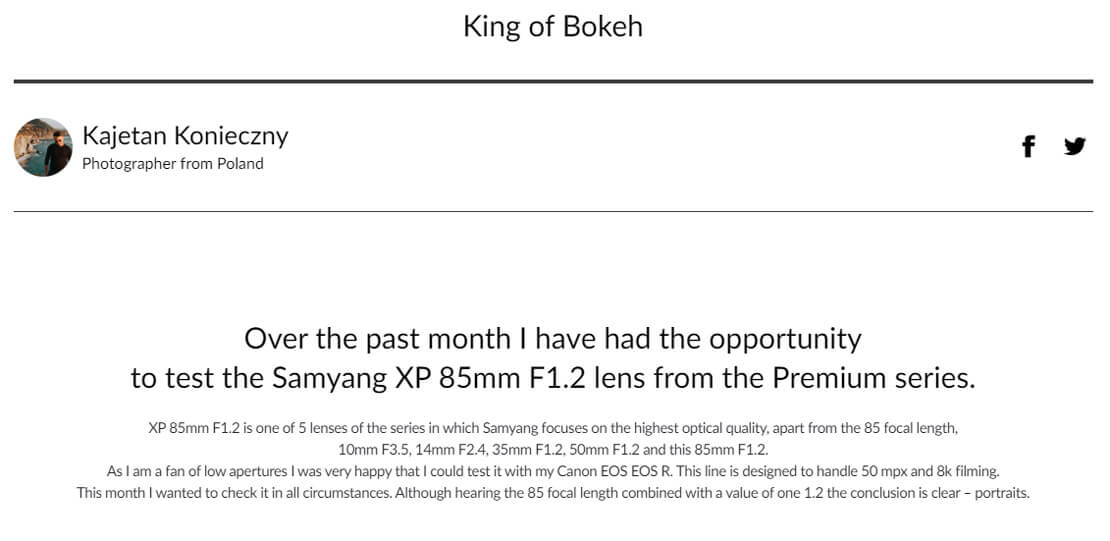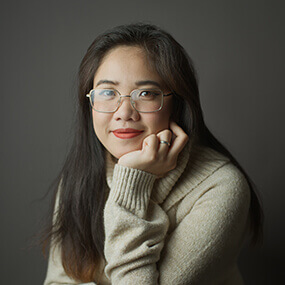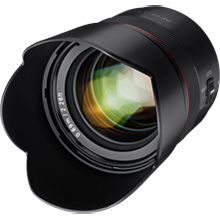
The Bokeh Effect - Photography
By Shiv Gilmore | Digital Marketing Assistant, Holdan
What is the bokeh effect?
Bokeh comes from the Japanese word boke which means “blur” or “haze” or boke-aji, the “blur quality.” It is usually pronounced BO as in 'bone' and KE as in 'Kenneth', with equal stress on each syllable, and can be described as the pleasing or aesthetic quality of the out-of-focus blur in a photograph, which serves to enhance the subject.
In photographic terms, bokeh can also be defined as the way the lens renders out-of-focus points of light. Differences in lens aberrations and aperture shape cause quite different bokeh effects.
The bokeh effect is created when natural light reflects off, or through a textured surface. Sometimes artificial light sources can create a pleasing and effective bokeh too – an example can be fairy lights blurred in the background or the lights of a city skyline.
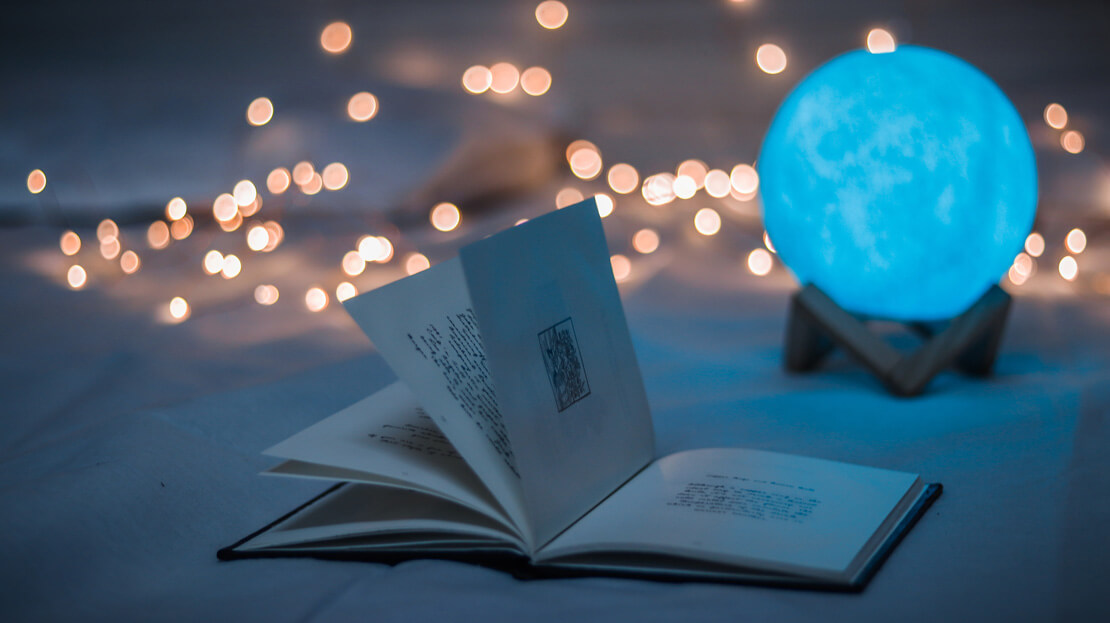
As points of light reflect differently off flat surfaces, your background will need to have a little texture to it for example light reflecting off the foliage in a garden. The effect of bokeh in photography is also created when the light sources are situated behind your background and filtering through small gaps, such as through spaces between a tree’s leaves as the sun sets behind it.
In photography, achieving great bokeh should not be your primary goal. Your main priority is to capture your chosen subject as well as you can. However, bokeh can complement your subject and make it feel like they are being brought out of the photo.Kajetan Konieczny, Poland
Create Beautiful Portraits
In portraits, a backdrop full of smooth bokeh helps the subject stand out.
Using an extremely shallow depth of field, photographers can place focus on just the eyes (or even on one eye) while the other facial features, the hair, and anything else in the foreground or background will be progressively out of focus. This is quite a common practice in portraiture.
While a lot of portraiture tends to use a shallow depth of field to isolate the subject in the frame, achieving bokeh in the background tends to be a by-product rather than intentional – by emphasising the effect of bokeh and thinking more about the creative effects that are achievable, it's possible to make your portraits really pop!
Alyssa Zalabai is a professional portrait photographer based in Liverpool. Specialising in new-borns, children, and families, over the last 4 years she has developed her own techniques to create unique stories through all aspects of her portrait photography. (lightpetalphotography.com)
On location, Alyssa’s go-to lens is the fast aperture AF 85mm F1.4 FE paired with a Sony A7 III which helps control depth of field by creating a dream-like blur within her images.
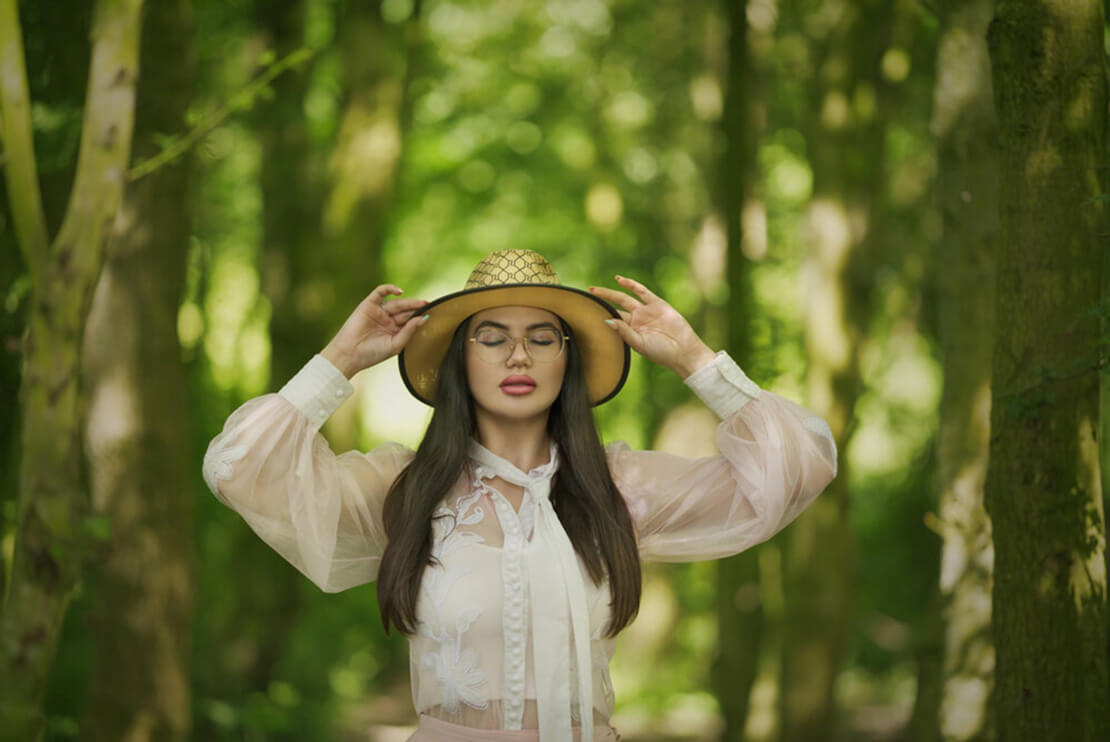
Alyssa says,The reason why I love to shoot portraits is I love to look at people’s faces and the stories they tell, and I especially enjoy the connection I have with my subject and hoping the viewers see this through my photographs.
Technical Considerations
Not every camera/lens combination behaves the same when out of focus. The quantity and quality of the bokeh effect depend on many things – from the lens design to your own creative vision.
Subject Distance
A crucial factor is the distance between the subject and the camera, as well as the distance between the subject and the background. The closer your subject is to the camera, the shallower the depth of field and the greater the bokeh effect. However, if your subject is too close to the background, it will be difficult to achieve the bokeh effect as there will not be enough separation to let large bokeh balls form.
Focal Length
The longer your focal length is, the more pronounced the bokeh effect. This is because perspective compression forces the blur to spread out more. So, you will get noticeably more background blur from an 85mm lens than from a 50mm lens.
Aperture
Similarly, the more you open the lens aperture, the stronger the background blur becomes and therefore the bokeh. The shape of the aperture is a perfect circle when it is wide open, so the shape of the bokeh effect will be circular, too. But once you start to increase the f-stop just a little bit, differences in iris design become apparent.
Lenses that have plenty of blades will keep the iris look roughly circular even when closed right down. Typically, high-end lenses have 7-8 blades, especially portrait-orientated ones.
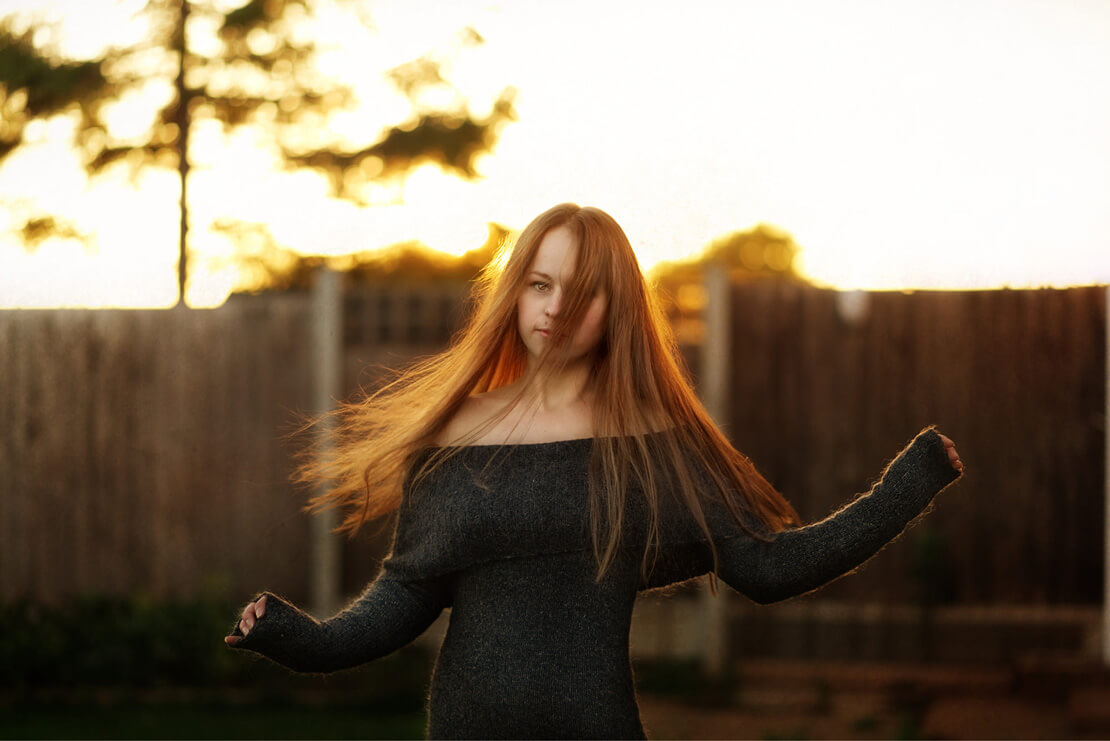
Get Creative
Creating your own custom-shaped bokeh, can change the meaning of a photograph and even make the subject more immersed within the scene. Making custom shapes is easy by cutting out a shape from a piece of paper and placing it on the lens, Then, point it at a highlight point – the bokeh effect should now be re-shaped.
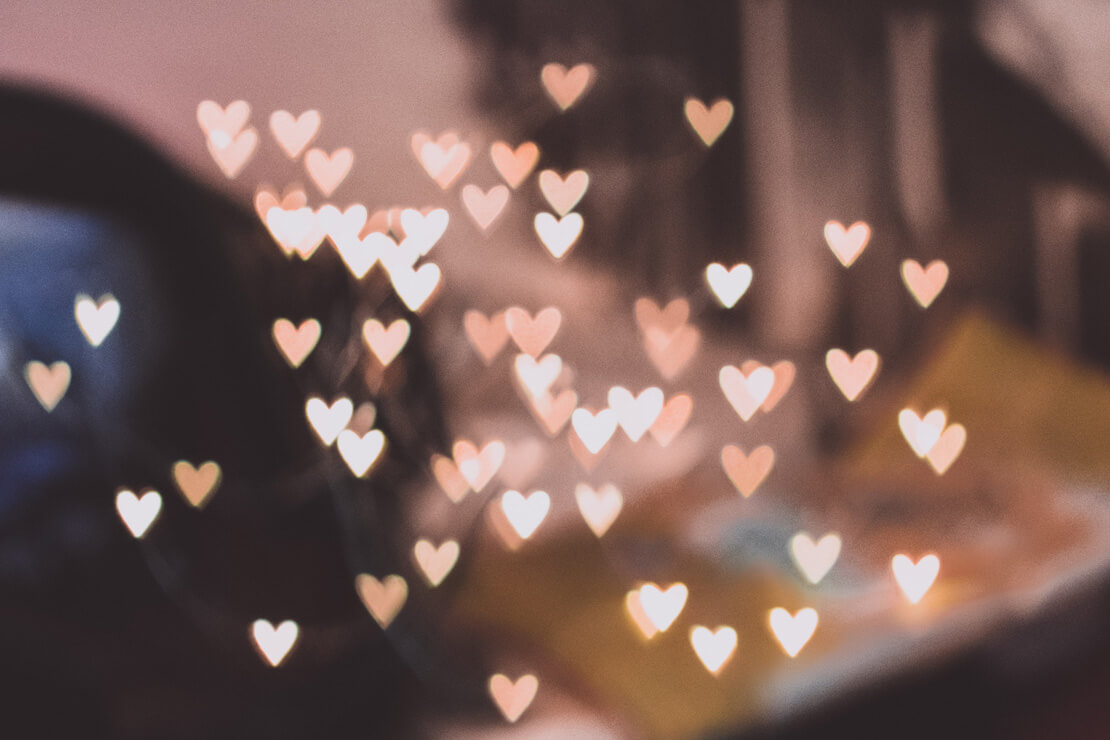
Conclusion
Although it might seem counter-intuitive to purposely introduce significant blurring into an image, the effect it has on drawing the eye to the subject matter can be dramatic.
To create the best bokeh background we recommend the Samyang XP 85mm F1.2 EF lens. It’s a portrait photographer’s dream. With its wide aperture enabling fast shutter speeds even in low light conditions it can really add depth to pictures.
Featuring nine rounded aperture blades, the 85mm is particularly suited to head-and-shoulders portraiture with creamy bokeh night city landscapes.
Holdan ambassador Alyssa uses prime lenses with an aperture of f/1.4 and larger to create bokeh that is much more pronounced, along with sharper images.
Alyssa’s advice isAlthough bokeh can look good on images because it makes your subject stand out, if you do not use it properly it can create distracting elements which are sometimes difficult to remove.
For more information please contact our Sales Desk:
+44 (0)1457 851000 | sales@holdan.co.uk.
27 Nov 2025
PTZOptics: Versatile, Professional PTZ Solutions for Every Production Environment
19 Nov 2025
Expanding Possibilities: Introducing Sonnet Technologies’ High-Performance Solutions for Apple and Professional Workflows
14 Nov 2025
Take Command of Your Creativity: Meet the Elgato Stream Deck Family
26 Sep 2025
Lumens VC-TR60A PTZ Camera Earns Microsoft Teams Certification
